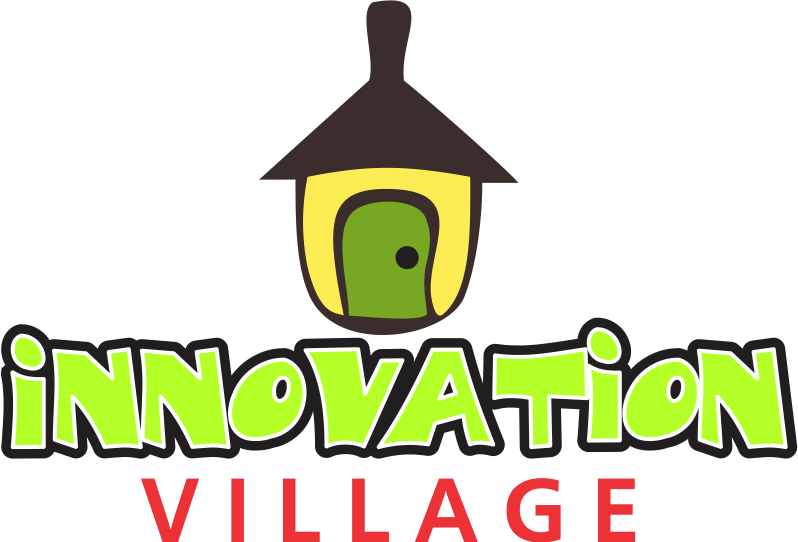Zoom Communications has announced a strategic collaboration with NVIDIA to deliver faster, higher-quality, and more customizable AI solutions for enterprises. The partnership integrates NVIDIA’s Nemotron open technologies into Zoom’s AI Companion 3.0, strengthening its federated AI architecture and setting the stage for expanded deployments across critical industries such as finance, healthcare, and government — sectors where data privacy and compliance are key.
At the core of this upgrade is Zoom’s hybrid language model architecture, which intelligently routes queries between Zoom’s proprietary Small Language Models (SLMs) — optimized for low-latency, task-specific responses — and Large Language Models (LLMs) fine-tuned for complex reasoning. The new framework aims to balance cost, speed, and accuracy, helping organizations enhance productivity, automate workflows, and streamline collaboration.
Zoom’s updated architecture features a 49-billion-parameter LLM built on NVIDIA Nemotron and developed using NVIDIA NeMo tools, ensuring performance that scales efficiently across enterprise environments. The system dynamically integrates multiple models, including the Llama Nemotron Super-based reasoning model, to deliver real-time transcription, translation, and summarization with improved accuracy and lower operational costs.
According to X.D. Huang, Zoom’s Chief Technology Officer, leveraging NVIDIA GPUs and AI software has enabled faster model optimization and development of advanced retrieval-augmented generation (RAG) capabilities. These allow Zoom AI Companion to integrate seamlessly with major enterprise platforms such as Microsoft 365, Google Workspace, Slack, Salesforce, and ServiceNow, providing customers with secure, scalable, and interoperable AI experiences.
Kari Briski, Vice President of Generative AI Software at NVIDIA, emphasized that the partnership empowers enterprises to create private, personalized, and highly efficient work environments.
Beyond performance, both companies stress a commitment to responsible AI deployment. Zoom reiterated that it does not use customer audio, video, chat, or other communications to train its own or third-party AI models, aligning the initiative with strict privacy and data protection standards.
The collaboration marks a significant step in Zoom’s journey to redefine enterprise collaboration through AI — combining responsible innovation, scalability, and cross-platform intelligence to meet the evolving needs of modern workplaces.


